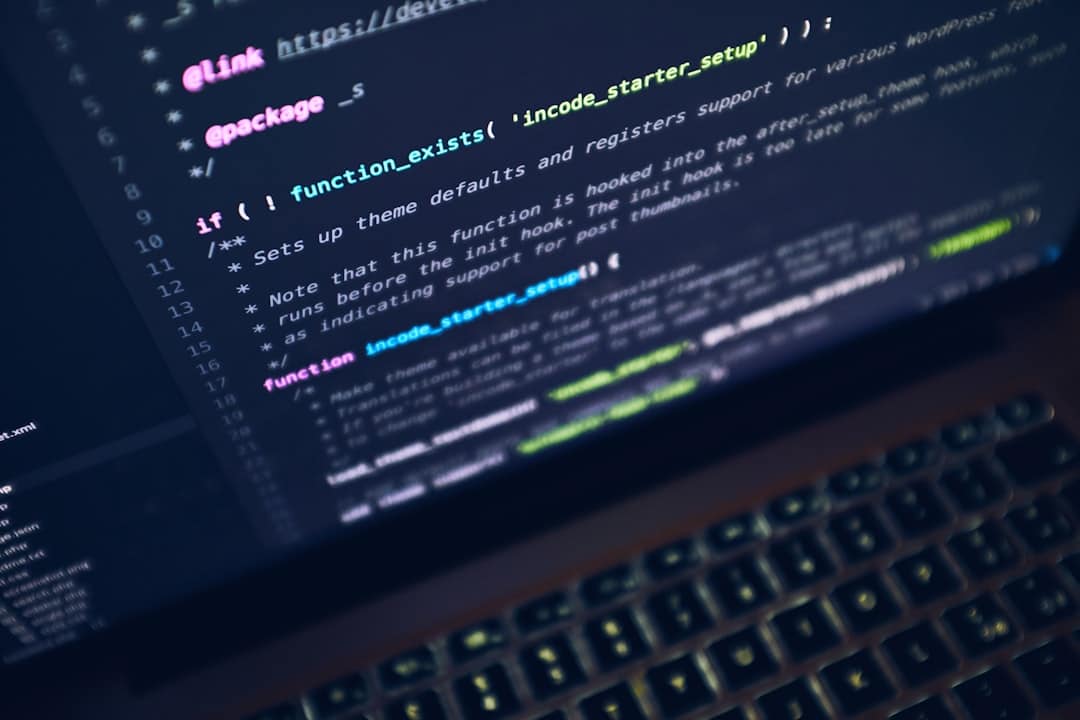
Revolutionizing Human-Centered Innovation with AI-Powered Technological Breakthroughs
In an era where technology is advancing at an unprecedented pace, the integration of artificial intelligence (AI) into human-centered innovation is transforming industries and enhancing user experiences. This blog post delves into how AI-powered breakthroughs are revolutionizing human-centered innovation, exploring current developments, emerging trends, and practical applications.
Understanding Human-Centered Innovation
Human-centered innovation is an approach that prioritizes the needs, desires, and behaviors of users at every stage of the design and development process. By incorporating user feedback and insights, businesses can create products and services that resonate with their target audience. The integration of AI into this framework amplifies the ability to understand and predict user behavior, thereby leading to more effective solutions.
The Role of AI in Human-Centered Innovation
AI technologies, such as machine learning, natural language processing, and computer vision, are enabling organizations to gather and analyze vast amounts of data. This capability is essential for understanding user preferences and tailoring innovations accordingly.
1. Enhanced Data Analysis
AI algorithms can process data at lightning speed, identifying patterns and trends that would be impossible for humans to discern. For instance, companies like Netflix and Spotify utilize AI to analyze user interactions, offering personalized content recommendations that enhance user engagement.
2. Predictive Analytics
Predictive analytics powered by AI can forecast user needs and preferences. This is particularly evident in the realm of e-commerce, where companies harness AI to recommend products based on past purchases and browsing behavior. By anticipating user needs, businesses can create a more seamless shopping experience.
3. Natural Language Processing
Natural language processing (NLP) allows machines to understand and interpret human language. This technology is revolutionizing customer service through chatbots and virtual assistants that provide immediate, personalized support. Companies like Zendesk and Drift are leveraging NLP to enhance user interactions and streamline support processes.
Current Developments in AI-Powered Innovation
Case Study: AI in Healthcare
The healthcare industry is witnessing a significant transformation through AI-powered solutions. For example, IBM’s Watson Health uses AI to analyze medical data, assisting doctors in diagnosing diseases and recommending treatments. This human-centered approach not only improves patient outcomes but also enhances the efficiency of healthcare providers.
Smart Cities
AI is also being implemented in smart city initiatives, where data-driven solutions enhance urban living. Sensors and AI analytics help optimize traffic flow, monitor air quality, and improve public safety. Cities like Barcelona are using AI to create more sustainable and efficient urban environments, making life easier for residents.
Personalized Learning
In education, AI is reshaping learning experiences. Platforms like Coursera and Khan Academy use AI to provide personalized learning paths, adapting content to meet the unique needs of each student. This human-centered approach promotes engagement and helps learners achieve their goals more effectively.
Emerging Trends in AI-Powered Innovation
1. Ethical AI
As AI continues to permeate various sectors, there is a growing emphasis on ethical AI practices. Companies are now prioritizing transparency and fairness in their algorithms to ensure that innovations are accessible and beneficial to all users.
2. AI-Driven Design Tools
AI-driven design tools are emerging, allowing product designers to create user-centric designs more efficiently. Tools like Adobe Sensei leverage AI to automate repetitive tasks, freeing designers to focus on creativity and innovation.
3. Collaborative AI
Collaborative AI refers to systems that work alongside humans to enhance creativity and productivity. This trend is gaining traction in industries like marketing, where AI tools assist in content generation and campaign optimization.
Expert Opinions on AI-Powered Innovation
According to Dr. Fei-Fei Li, a pioneer in AI and co-director of Stanford’s Human-Centered AI Institute, “The future of AI is not about replacing humans but augmenting human capabilities.” This perspective reinforces the notion that AI should serve as a tool that complements human creativity and innovation.
Practical Applications of AI in Human-Centered Innovation
User Experience (UX) Design
AI tools are being employed in UX design to analyze user interactions and improve website usability. Tools like Hotjar and Crazy Egg provide insights into user behavior, allowing designers to create more intuitive interfaces.
Marketing Automation
AI-driven marketing automation platforms help businesses deliver personalized content to users based on their preferences. Solutions like HubSpot and Mailchimp utilize AI to optimize email campaigns and improve customer engagement.
Conclusion
The revolution of human-centered innovation through AI-powered technological breakthroughs is not just a trend; it represents a paradigm shift in how products and services are developed and delivered. By harnessing the power of AI, organizations can create solutions that are more aligned with user needs, ultimately fostering a more engaging and efficient experience.
For those interested in exploring this subject further, consider reading resources like:
- Harvard Business Review on AI and Innovation
- Forbes article on the Future of AI in Business
- Stanford’s AI Index Report
Embrace the potential of AI in your innovation processes, and stay informed about the latest trends and tools that can enhance your approach.
If you found this article insightful, consider sharing it with your network or subscribing to our newsletter for more updates on technology trends and innovations.


